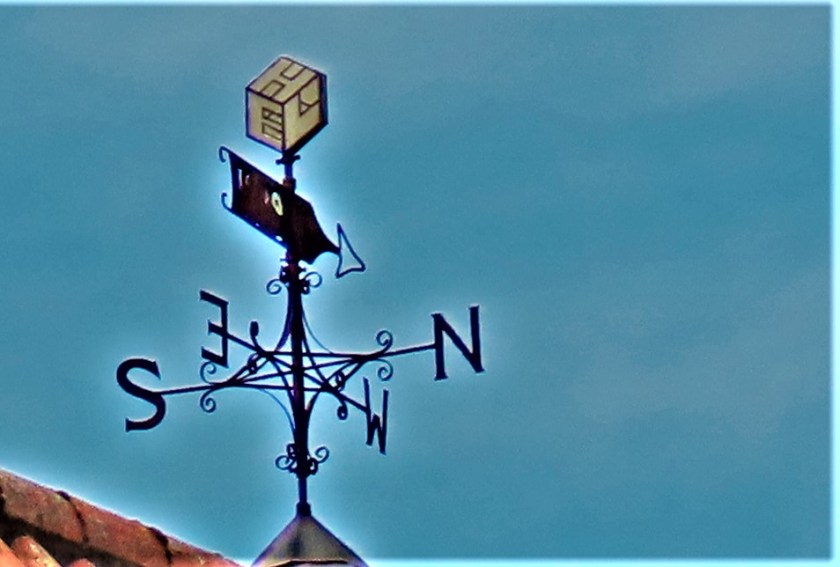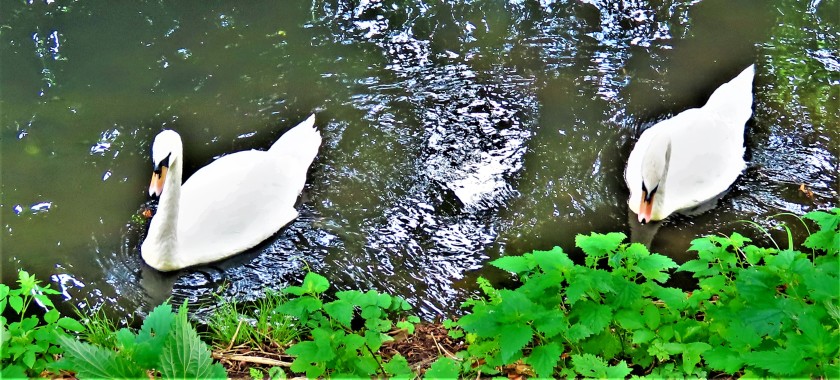INTRODUCTION
The weather may yet baulk England in the current test match in Manchester, but the West Indies will not be doing so.
YESTERDAY
When I wrote yesterday’s post the West Indies were just starting their response to England’s 369. England took wickets regularly throughout yesterday’s play, the West Indies reaching the close at 137-6, with Holder and Dowrich together. This meant that enforcing the follow-on was still a possibility to be considered.
TODAY
England were possibly over mindful of the chance of enforcing the follow on, and hoping to keep Broad and Anderson to use the new ball in an envisaged West Indies second innings they opened up with Archer and Woakes. Holder and Dowrich were still together 53 minutes into the day when Broad was finally called upon to bowl. He proceeded to whip out the last four wickets, limiting the West Indies to 197, 172 less than England jad scored. Broad’s four wickets today gave him innings figures of 6-31, the 12th time he has taken six or more in a test innings, equalling Sydney Barnes (who however needed only 27 test matches to take his 12 six plus wicket hauls. Broad also scored 62 in the England first innings. At Melbourne in 1883 Billy Bates scored 55 with the bat and took seven wickets in each Aussie innings, including England’s first ever test cricket. In 1980 Ian Botham scored 114 not out and took 6-58 and 7-48 vs India in what was then Bombay (now Mumbai). Shortly after this match he injured his back and was never quite the same bowler again, although he still took plenty of wickets by sheer force of character. At Edgbaston in 2005 Andrew Flintoff scored 73 and 68 and took four wickets in each innings.
England have not altered their batting order for the second innings thus far – Sibley and Burns are in action, but in view of the forecast for tomorrow they would be well advised to be thinking in terms of declaring today so that even if tomorrow is a total washout they still have one full day in which to bowl West Indies out again. West Indies keeper Dowrich is off the field injured, with Shai Hope briefly taking over while Da Silva the reserve keeper got himself padded and gloved for action, and he is now behind the stumps. England when playing against New Zealand in 1986 used four keepers in a single innings – French was injured, Athey took over briefly before Bob Taylor was summoned from a hospitality tent to act as sub for the rest of that day, while Bobby Parks of Hampshire (son of James M Parks, grandson of James H Parks, grand nephew of HW Parks) responded to an SOS and did the job the following day. Da Silva has just made a complete horlicks of a stumping chance, knocking the stumps over without having the ball in his hands.
THE OVAL – THE RETURN OF SPECTATORS
There is a friendly match between Surrey and Middlesex at The Oval which is being used to trial the carefully managed return of spectators – 1,000 (900 Surrey members and 100 Middlesex members) have been allowed into the ground, the spectators seated singly or in small groups, with at least two empty seats between each separate spectator or group of spectators. It appears to be going well so far. In terms of the cricket Surrey are batting today, and Middlesex will bat tomorrow. Will Jacks, one of Surrey’s better young players is batting well according to reports.
A MEASURE OF MATHEMATICS
This section of the post has three parts, beginning with…
SOLUTION TO YESTERDAY’S TEASER
Yesterday I offered you a calcdoku courtesy of brilliant.org with the task being to work out the sum of the numbers in the diagonal from top left to bottom right. Here is the solution:

The diagonal thus contains two 2s and two 1s for a sum of 6. The key to solving this is the ’64X’ block, which can contain only the numbers 1,2 and 4. It has three quarters of a row and three quarters of a column, and so all three numbers are needed to go in those five squares – the corner being the overlap. That corner contains a 2, which means that the numbers in the other four squares are two 1s and two 4s, making the sixth number a second two. These numbers then force the ‘9+’ block to be 3,4, 2, which in turn force the placing of the remaining of the numbers.
EMMY NOETHER
Emmy Noether was a German mathematician who changed the face of physics by linking two important concepts, conservation laws and symmetries. 102 years and three days ago Noether unveiled her theorem. Emily Conover has an article about this on sciencenews.org. Here is what famousscientists.org have to say about Noether.
A NEW PROBLEM FROM BRILLIANT
This problem is a splendid one which was somewhat spoiled by the conditions as I shall explain:
I will make this multiple choice, but not with the options given on brilliant, which were the spoiler – the answers I offer you to pick from are:
a)1.00-1.25
b)1.25-1.50
c)1.50-1.75
d)1.75-1.99
Solution and explanation tomorrow.
PHOTOGRAPHS
My usual sign off…





















































